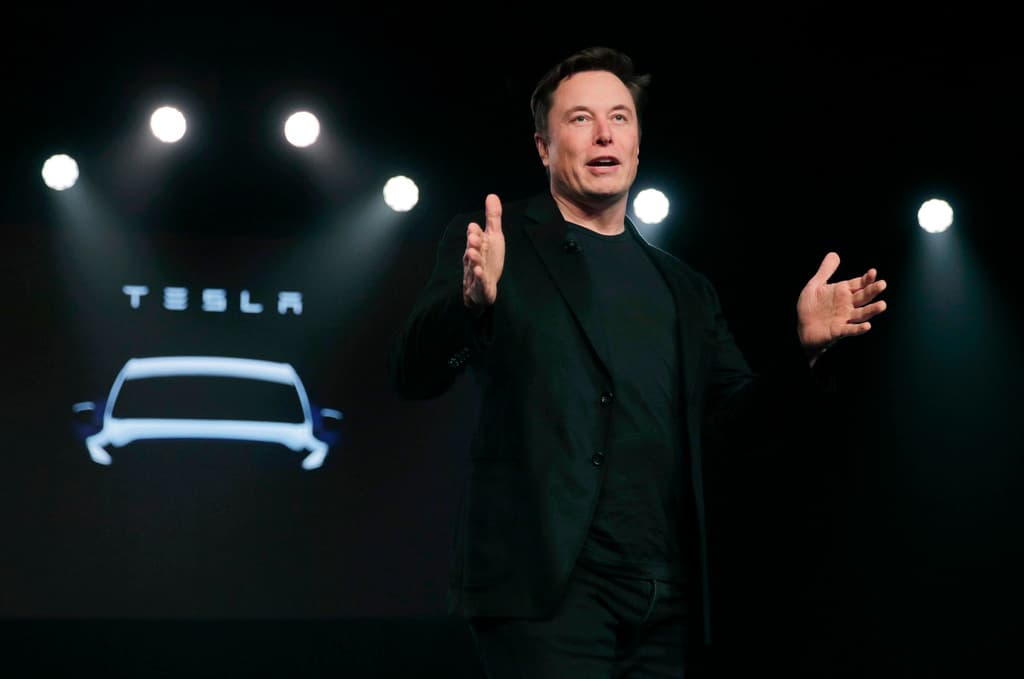The Cocktail Party Contrarian: Why Tesla’s Humanoids Never Will Really Replace Humans
The notion of future-generation robots wrapped in synthetic flesh walking among us undetected one day may excite the imagination, but the blurring of the lines between man and man-made is something that should be questioned soberly.

Among the three newly launched innovations featured at Tesla’s “We, Robot” event at Los Angeles on October 10, the Optimus “humanoid” stood out. While Tesla’s futuristic Cybercab and Robovan are designed to reimagine the taxi and the minibus, Optimus is built to mimic its human template. Even though the company acknowledged human assistance in Optimus’s function at the event, its goal is autonomous humanoids that perform tasks without human piloting.
The notion of future-generation robots wrapped in synthetic flesh walking among us undetected one day may excite the imagination, but the blurring of the lines between man and man-made is something that should be questioned soberly. Why are we trying to create machines in our own image when there are plenty of other images to choose from?
Maybe it’s just a run-of-the-mill god complex, and perhaps it’s good marketing. Tesla’s CEO, Elon Musk, suggested at the event that Optimus is here to serve our needs: “It can be a teacher, babysit your kids, it can walk your dog, mow your lawn, get the groceries, just be your friend, serve drinks,” he said last week. If Optimus was given the shape of an equally sophisticated robotic centipede, few likely would have wanted it to bartend at their next dinner party.
Yet if efficiency and convenience are the goals, wouldn’t these robots be better having an extra set of hands and eyes on the backs of their heads? Humanoid robots seem to be designed not just to serve man, but ultimately to replace him.
Humans have always developed technologies to improve life, but never to live it on their behalf. What happens to people who no longer walk their dogs? They may be spared the early-morning winter outings, but they are also relieved of the joy of the human-animal bond that such burdensome routines create. So many of the greatest pleasures of human existence are the results of the effort required to produce them. Everyone with children or friends knows this.
That may be the problem, as fewer Americans have children and friends. In April the CDC reported that the U.S. fertility rate is at an historic low. In 2022, HHS issued a report, “Our Epidemic of Loneliness and Isolation,” that says humans are having fewer human experiences. They don’t know what they would be missing if they allowed the Optimus humanoids to tend to their gardens.
Add to that the pervasive anti-human narrative that our culture deploys to convince people to stop having children, to sterilize the ones we have, to label men as “toxic” and to criminalize our “dangerous” thoughts and speech, and the idea of human substitution logically follows. We are told we are bad for the planet, that humanity is a scourge. To some, it would seem better to send Optimus out into the world while we safely and non-intrusively stay home and post on Instagram. Thus the robots can become more human, and we can become robotic.
As if to remind us what a terrible idea this is, a video went viral on the same day of Tesla’s “We, Robot” event. In it, a British author and public intellectual, Douglas Murray, visits the Ziv Medical Center at Safed, Israel, and sits down at the piano to play a song. Mr. Murray has spent the last year reporting on the Hamas terrorist attack of October 7 and the subsequent war it inspired, witnessing extreme brutality and devastation as well as heroism and hope. He has spoken to 20-year-olds with missing limbs and to parents with missing children.
A humanoid might have reported on the same events over the last year, bearing the physical and emotional burdens of the journey on Mr. Murray’s behalf. It might even have played the same song at the hospital, and likely with greater technical skill. Yet no machine could simulate the distinctly human expression of transcendence on Mr. Murray’s face as he played.
Hard-earned, it was instantly recognizable to those who have similarly battled to find meaning and even joy as they wrestled with life’s terrible struggles and transformed themselves in the process. Viewers shared the video widely not for the beautiful music, which any Optimus could recreate, but for the beautiful human emotion evoked when watching man reach for something higher and become something better. The most human-looking robot can’t do that — it can’t reveal a soul it doesn’t possess.
Man can do so, provided he hasn’t lost his soul while playing hours of video games in some basement, hating himself. He has to want to be human, and to resist being replaced. For inspiration, I recommend watching the video of Douglas Murray at the piano.

